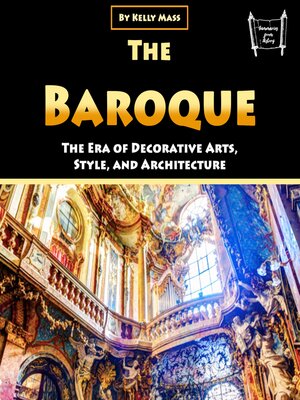The Baroque
audiobook (Unabridged) ∣ The Era of Decorative Arts, Style, and Architecture
By Kelly Mass

Sign up to save your library
With an OverDrive account, you can save your favorite libraries for at-a-glance information about availability. Find out more about OverDrive accounts.
Find this title in Libby, the library reading app by OverDrive.



Search for a digital library with this title
Title found at these libraries:
| Library Name | Distance |
|---|---|
| Loading... |
This audiobook is narrated by a digital voice.
During the span from the early 17th century until the 1740s, Europe witnessed the flourishing of the Baroque style across various artistic realms such as architecture, music, dance, painting, and sculpture. This cultural movement persisted, coexisting with emerging artistic forms, within the realms of the Spanish and Portuguese empires, including the Iberian Peninsula, until the initial years of the nineteenth century.
Positioned chronologically between Renaissance art and Mannerism on one side and the Rococo (sometimes referred to as "late Baroque") and Neoclassical styles on the other, Baroque art in Lutheran regions also developed, although it primarily found support from the Catholic Church as a counterbalance to the simplicity and austerity prevalent in Protestant architecture, art, and music.
In order to evoke a profound sense of awe, the Baroque style accentuated elements of contrast, movement, intricate detail, vibrant color, grandiosity, and unexpected surprises. Originating in Rome at the outset of the 17th century, this stylistic wave rapidly expanded its influence across France, northern Italy, Spain, Portugal, Austria, southern Germany, and Russia. By the 1730s, it underwent transformation into the rocaille or Rococo style, gaining popularity in France and Central Europe until the mid- to late-eighteenth century.
Renowned for its opulent and intricate ornamentation in the realm of decorative arts, the Baroque style paved distinctive paths in each country's departure from Renaissance classicism. Despite the diversity in these trajectories, a common thread persists – the Renaissance aesthetic elements serve as the foundational point. The classical repertory is densely packed, thick, overlapping, and laden to create startling effects.







